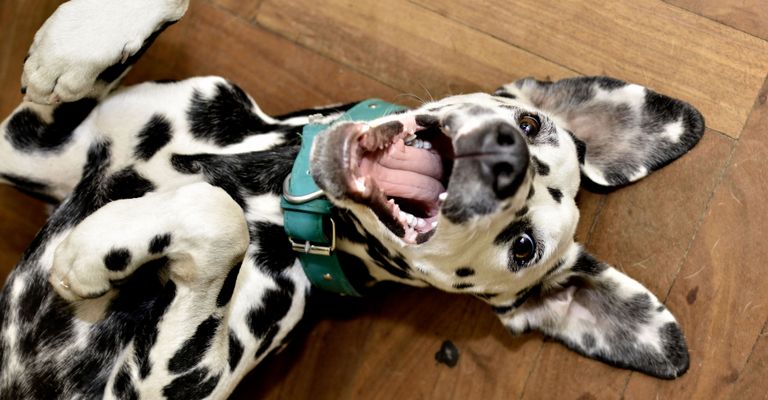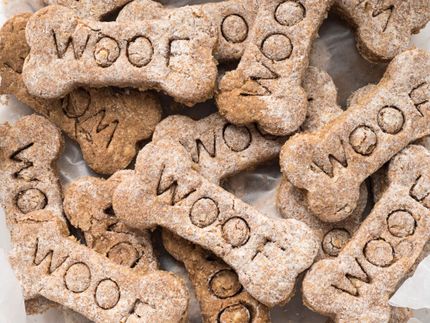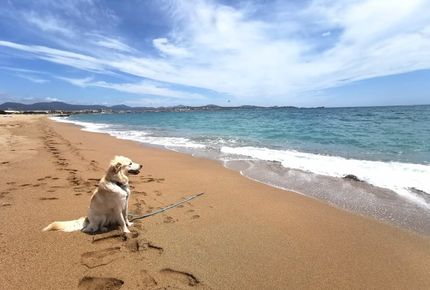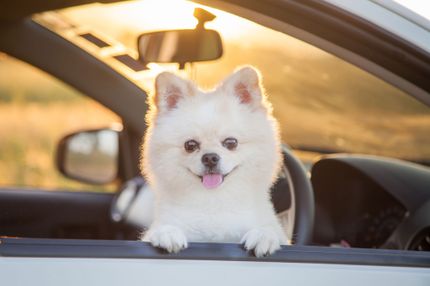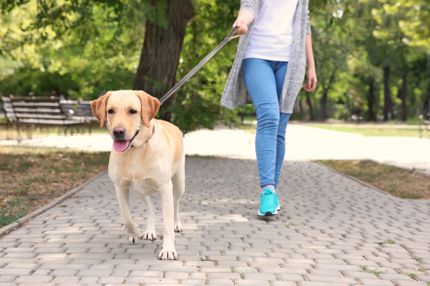Nail trimming for dogs - here's what you need to watch out for
Too long claws in dogs are not a cosmetic problem, they can even lead to bad posture. The claws wear out when walking on hard surfaces, but many dogs still have too long claws. Small dogs in particular are often affected, as there is little wear and tear due to their light weight.
Signs for too long claws
- the tips of the claws touch the ground when the dog is standing
- on hard floors you can hear the claws "click" on the floor
- the claw is longer than the ball of the toe
The more often you check and if necessary shorten the claws, the more relaxed it will be for you and your dog. With a little practice, most dogs will put up with claw trimming just fine.
The right tools for shortening claws
Sharp tools are the most important thing for dog nail trimming. Dull tools don't cut, they bruise, the nail frays and can tear more easily. There are a variety of different clippers available at specialty stores, it pays to do a little testing. Which tool is best for you and your dog depends on the thickness of the dog's claws and your individual preferences, among other things. For small dogs, clunky tools can get in the way of cutting, as it's harder to get into the right position with small paws anyway. For the thin, usually softer claws, a simple small pair of claw scissors is usually fine. For large dogs with thick, firm claws, claw nippers may be a better choice.
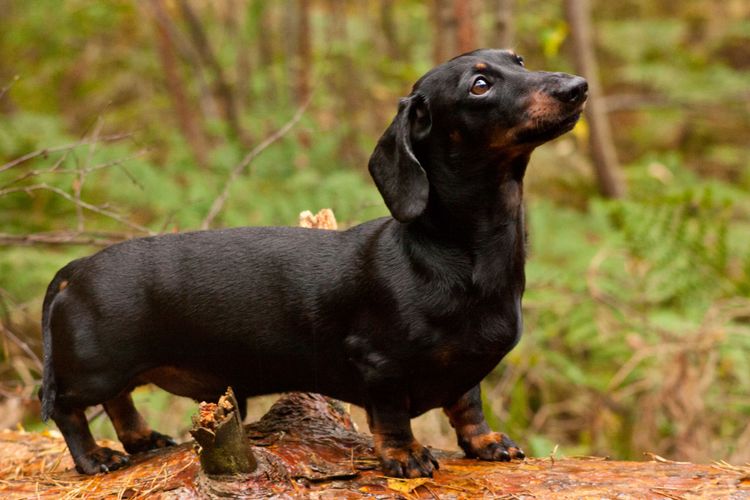
With a grinder you can round off the claws after cutting and also gently shorten, so you prevent a tearing. Some dogs prefer grinding to cutting, for these dogs you can also use only a grinder. Since this takes longer than cutting, an electric grinder is recommended. You can also simply use a nail file for rounding after cutting.
How far should I cut?
There are blood vessels running in the claws, which of course should not be cut.
In dogs with light coloured claws you can easily see them if you hold the claw against the light. With black nails it becomes more difficult. Also, an adjacent light nail is no guarantee that you will be able to trim the dark nail back just as far. If you cut the claw in thin slices, you can easily see the beginning of life: With light claws, a light to reddish spot can be seen in the middle of the claw, with black claws a grey to black spot.
In dogs whose nails have not been groomed for a long time, the blood vessels can move further forward. By constantly shortening the nails until they are just before the blood vessels, they slowly retract again and bit by bit the claws come closer to their ideal condition. In extreme cases a veterinary surgeon should be consulted.
If it bleeds nevertheless times is not beautiful, but also not badly. Claw injuries bleed a lot and look more dramatic than they are. Stay calm (then your dog will stay calm too) and stop the bleeding with a cloth pressed firmly on the claw. Even better are blood stoppers like styptic pencils or a bar of curd soap that you press the injured claw into.
